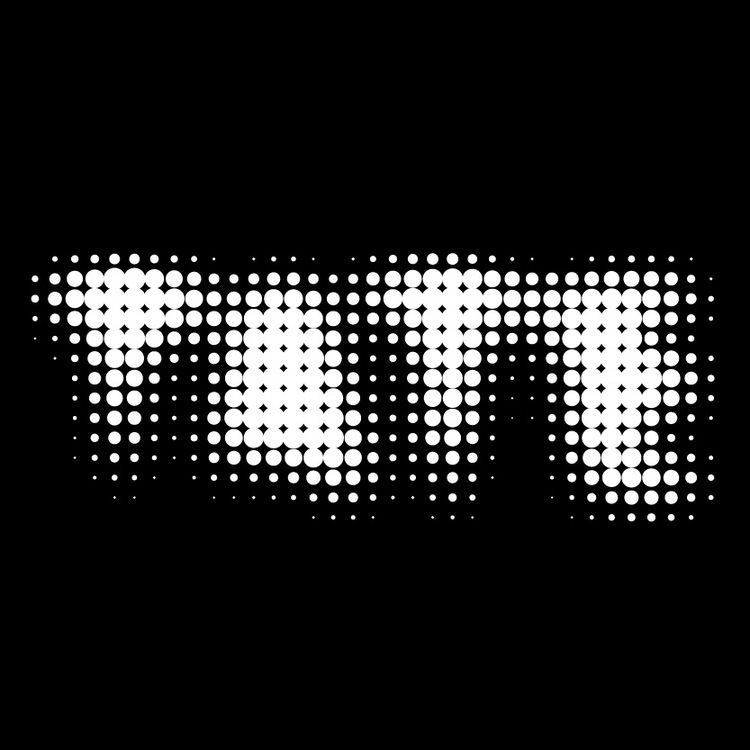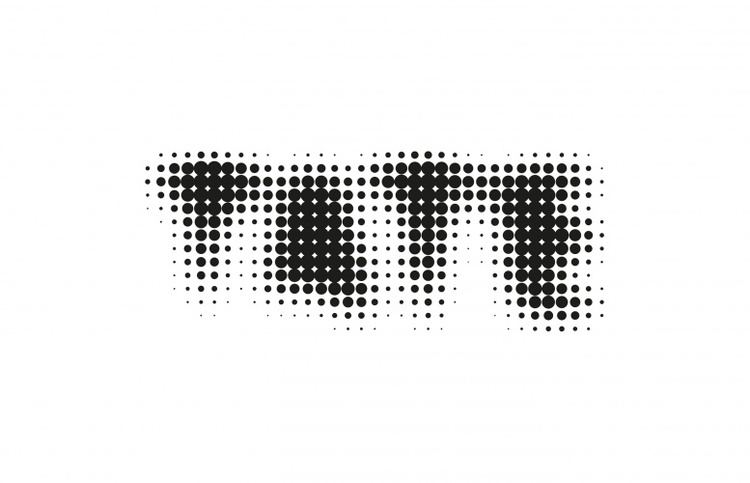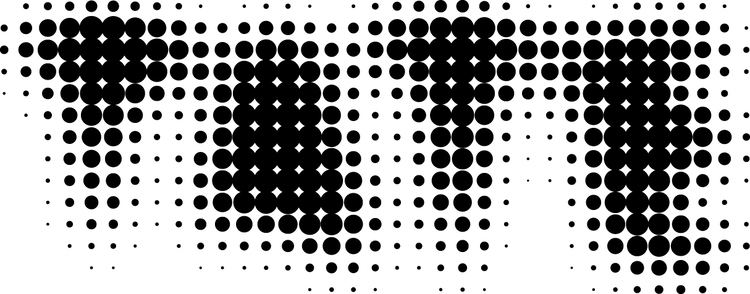Founder Henry Tate | Open date October 24, 1994 | |
 | ||
Subsidiaries Tate Modern, London, Tate Gallery, Britain, Tate Liverpool, Tate St Ives Similar Tate Gallery - Britain, Tate Modern - London, National Gallery - London, Royal Academy of Arts, Tate St Ives Profiles | ||
Ufc 200 weigh ins miesha tate s tense moment
Tate is an institution that houses the United Kingdom's national collection of British art, and international modern and contemporary art. It is a network of four art museums: Tate Britain, London (until 2000 known as the Tate Gallery, founded 1897), Tate Liverpool (founded 1988), Tate St Ives, Cornwall (founded 1993) and Tate Modern, London (founded 2000), with a complementary website, Tate Online (created 1998). Tate is not a government institution, but its main sponsor is the UK Department for Culture, Media and Sport.
Contents
- Ufc 200 weigh ins miesha tate s tense moment
- History and development
- Tate Online
- Administration and funding
- Controversies
- Logo and brand
- Directors of the Tate
- References

The name 'Tate' is used also as the operating name for the corporate body, which was established by the Museums and Galleries Act 1992 as 'The Board of Trustees of the Tate Gallery'.

The gallery was founded in 1897, as the National Gallery of British Art. When its role was changed to include the national collection of modern art as well as the national collection of British art, in 1932, it was renamed the Tate Gallery after sugar magnate Henry Tate of Tate & Lyle, who had laid the foundations for the collection. The Tate Gallery was housed in the current building occupied by Tate Britain, which is situated in Millbank, London. In 2000, the Tate Gallery transformed itself into the current-day Tate, or the Tate Modern, which consists of a federation of four museums: Tate Britain, which displays the collection of British art from 1500 to the present day; Tate Modern, which is also in London, houses the Tate's collection of British and international modern and contemporary art from 1900 to the present day. Tate Liverpool has the same purpose as Tate Modern but on a smaller scale, and Tate St Ives displays modern and contemporary art by artists who have connections with the area. All four museums share the Tate Collection. One of the Tate's most publicised art events is the awarding of the annual Turner Prize, which takes place at Tate Britain.

History and development

The original Tate was called the National Gallery of British Art, situated on Millbank, Pimlico, London at the site of the former Millbank Prison. The idea of a National Gallery of British Art was first proposed in the 1820s by Sir John Leicester, Baron de Tabley. It took a step nearer when Robert Vernon gave his collection to the National Gallery in 1847. A decade later John Sheepshanks gave his collection to the South Kensington Museum (later the Victoria & Albert Museum), known for years as the National Gallery of Art (the same title as the Tate Gallery had). Forty years later Sir Henry Tate who was a sugar magnate and a major collector of Victorian art, offered to fund the building of the gallery to house British Art on the condition that the State pay for the site and revenue costs. Henry Tate also donated his own collection to the gallery. It was initially a collection solely of modern British art, concentrating on the works of modern—that is Victorian era—painters. It was controlled by the National Gallery until 1954.
In 1915, Sir Hugh Lane bequeathed his collection of European modern art to Dublin, but controversially this went to the Tate, which expanded its collection to include foreign art and continued to acquire contemporary art. In 1926 and 1937, the art dealer and patron Joseph Duveen paid for two major expansions of the gallery building. His father had earlier paid for an extension to house the major part of the Turner Bequest, which in 1987 was transferred to a wing paid for by Sir Charles Clore. Henry Courtauld also endowed Tate with a purchase fund. By the mid 20th century, it was fulfilling a dual function of showing the history of British art as well as international modern art. In 1954, the Tate Gallery was finally separated from the National Gallery.
During the 1950s and 1960s, the visual arts department of the Arts Council of Great Britain funded and organised temporary exhibitions at the Tate Gallery including, in 1966, a retrospective of Marcel Duchamp. Later, the Tate began organising its own temporary exhibition programme. In 1979 with funding from a Japanese bank a large modern extension was opened that would also house larger income generating exhibitions. In 1987, the Clore Wing opened to house the major part of the Turner bequest and also provided a 200-seat auditorium. (The "Centenary Development," in 2001, provided improved access and public amenities)
In 1988, an outpost in north west England opened as Tate Liverpool. This shows various works of modern art from the Tate collection as well as mounting its own temporary exhibitions. In 2007, Tate Liverpool hosted the Turner Prize, the first time this has been held outside London. This was an overture to Liverpool's being the European Capital of Culture 2008.
In 1993, another offshoot opened, Tate St Ives. It exhibits work by modern British artists, particularly those of the St Ives School. Additionally the Tate also manages the Barbara Hepworth Museum and Sculpture Garden, which opened in 1980.
Neither of these two new Tates had a significant effect on the functioning of the original London Tate Gallery, whose size was increasingly proving a constraint as the collection grew. It was a logical step to separate the "British" and "Modern" aspects of the collection, and they are now housed in separate buildings in London. The original gallery is now called Tate Britain and is the national gallery for British art from 1500 to the present day, as well as some modern British art. Tate Modern, in Bankside Power Station on the south side of the Thames, opened in 2000 and now exhibits the national collection of modern art from 1900 to the present day, including some modern British art. In its first year, the Tate Modern was the most popular museum in the world, with 5,250,000 visitors.
Sir Nicholas Serota has been the director of the Tate since 1988, when he took over from Sir Alan Bowness.
In the late 2000s, the Tate announced a new development project to the south of the existing building. According to the museum: "This new development will transform Tate Modern. An iconic new building will be added at the south of the existing gallery. It will create more spaces for displaying the collection, performance and installation art and learning, all allowing visitors to engage more deeply with art, as well as creating more social spaces for visitors to unwind and relax in the gallery." Arts philanthropist John Studzinski donated more than £6 million to the project.
Tate Online
Tate Online is the Tate's website. Since its launch in 1998, the site has provided information on all four physical Tate galleries (Tate Britain, Tate St Ives, Tate Liverpool and Tate Modern) under the same domain. Tate Online helps visitors prepare and extend visits to the physical sites but also acts as a destination in its own right. Other resources include illustrated information on all works in Tate's Collection of British and Modern international art, structured and informal e-learning opportunities for all visitors, over 600 hours of archived webcast events, all articles from the magazine Tate Etc., and a series of bespoke net art commissions. BT was the primary sponsor of Tate Online from 2001 to 2009.
In addition to providing information about the galleries and organisation, Tate Online has been used as a platform for Internet art exhibits, termed Net Art, which are organised as part of Tate's Intermedia Art initiative covering new media art. So far, 13 net art exhibitions have been shown since the initiative started in 2000 including Tate in Space (2002) which was nominated in the Interactive Art category for the 2003 BAFTA Interactive awards.
The Tate Online Shop sits under the main Tate site and offers a wide range of books, prints and products that reflect and support the primary goal of Tate: to promote the knowledge, understanding and enjoyment of art. Profits from the online shop help to support the work of the galleries.
Administration and funding
Tate receives annual funding from the Department for Culture, Media & Sport. It is administered by a board of trustees, who are responsible for the running of the gallery and appoint the Director (for a period of seven years). Under the Charities Act 1993, the Tate is an exempt charity accountable directly to Government rather than the Charity Commission for financial returns etc. However, the Trustees are still expected to follow the broad responsibilities of charity trustees, and may be subject to Charity Commission oversight on these elements of their activities.
Various bodies have been set up to support the Tate including Tate Members for the general public, where a yearly fee gives rights such as free entry to charging exhibitions and members rooms. There is also Tate Patrons for a higher subscription fee and the Tate Foundation. There are a number of corporate sponsors. In addition individual shows are often sponsored.
Tate now spends around £1 million of its general funds each year on purchasing acquisitions and their related costs. The Outset Contemporary Art Fund was established in 2003, by Tate patrons Yana Peel and Candida Gertler. In collaboration with the Frieze Art Fair, the fund buys works from the fair for the Tate's collections. Other funds for acquisitions are raised by Tate funding groups such as the Members, the Patrons and the American Patrons of Tate and its sub-committees, the North American Acquisitions Committee and Latin American Acquisitions Committee. The American Patrons were renamed in 2013 to reflect their expanding geographical base of support; since 1999, this support group alone has raised more than $100 million.
In 2010, a photography acquisitions committee was launched. In 2012, the Tate established a South Asian acquisitions committee to collect contemporary and modern art from India and surrounding countries, as well as a committee for works from Russia, Eastern Europe and the CIS (Commonwealth of Independent States).
Controversies
Logo and brand
The Tate logo was designed by international brand consultancy Wolff Olins in 2000 as part of a larger rebranding effort focused around the idea "look again, think again." The museum uses a range of logos that move in and out of focus, "suggesting the dynamic nature of Tate – always changing but always recognizable" Variations include a standard logo, a blurred version, a faded version and a halftone version consisting of dots rather than smooth fading. An update on the brand, designed by North, was released in 2016.
Directors of the Tate
The head of the Tate (formally the National Gallery of British Art and the Tate Gallery) is currently titled the Director. Until 1917, they were styled the Keeper.
On 17 January 2017, it was announced that Maria Balshaw would replace Sir Nicholas Serota as director on 1 June.
